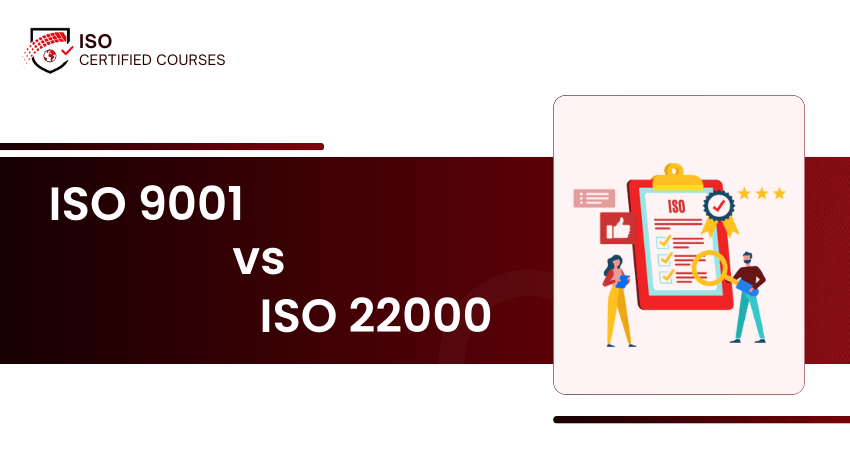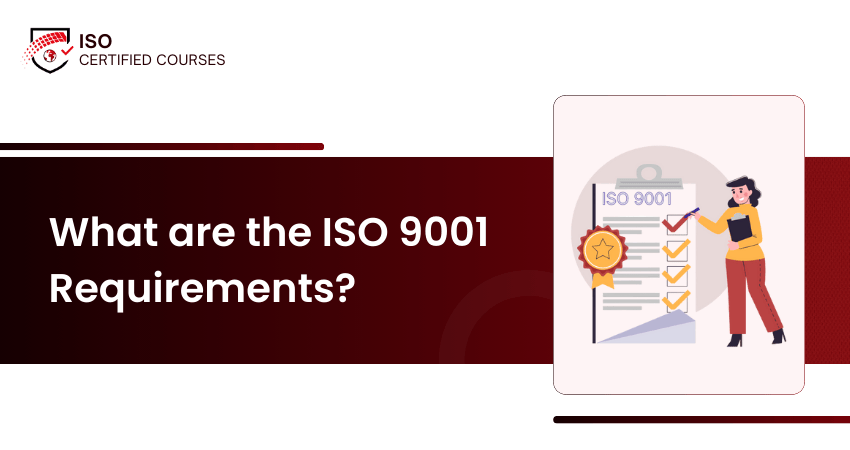What Is ISO 27017 Training Courses ?
ISO/IEC 27017 is an international standard that provides guidelines for information security controls applicable to cloud services. It builds on ISO 27001 and ISO 27002, addressing cloud-specific risks for both cloud service providers and customers. This training helps professionals understand and implement these controls effectively to protect data, services, and infrastructure in cloud environments.
Countries
Locations Worldwide
Years of Expertise
Certified Trainers
Where is ISO 27017 Applied in Real-world Industries?
Technology Providers: Ensure secure cloud-based service delivery and infrastructure
Financial Services: Protect sensitive data in cloud-hosted financial applications
Healthcare: Safeguard patient data processed and stored on cloud platforms
eCommerce: Secure customer data and payment processes in online platforms
Browse Our Courses
The Benefits of ISO 27017 Training Courses

63% Stronger Cloud Security Knowledge
ISO 27017-trained professionals report a 63% boost in understanding cloud-specific security controls, enabling them to better manage risks across cloud service environments.

59% Improvement in Compliance Practices
59% of individuals feel more confident applying security and privacy measures that align with industry regulations and ISO/IEC 27017 cloud control guidelines.

52% Faster Incident Response
Trained professionals respond to cloud security threats 52% faster, using ISO 27017 principles to detect, assess, and mitigate breaches effectively.

46% Increase in Cloud Governance Confidence
ISO 27017 training helps individuals navigate provider-client responsibilities, with 46% reporting improved clarity in defining and enforcing cloud security roles and agreements.

50% Fewer Cloud Misconfigurations in Organisations
Businesses with ISO 27017-trained teams report up to 50% fewer cloud security errors, as staff implement structured controls and best practices for secure cloud operations.

38% Improvement in Customer Trust and Assurance
Organisations benefit from a 38% increase in customer confidence when cloud environments are protected by staff trained in ISO 27017, demonstrating commitment to secure data handling.
Our ISO Training, Your Format
Choose the training format that fits your team’s goals, schedule, and preferred learning style. Our ISO Certified Courses are designed to deliver consistent, high-quality learning, anytime, anywhere.
Classroom Training
Online Instructor-Led Training
Online Self-Paced Training
Discover Your Ideal ISO Learning Path and Build a Standards-driven Future
Proven ROI: Why ISO Standards Matter
67% of organisations implementing Quality Management Systems report significant savings.
24/7 Learning Assistance

Served 10K+ Global Learners
Frequently Asked Questions
What is the main purpose of the ISO 27017 Course?
The main purpose of the ISO 27017 Course is to provide guidance on cloud-specific information security controls, helping professionals and organisations implement secure cloud services while aligning with ISO/IEC 27001 and industry best practices.
Who should take the ISO 27017 Training?
This course is ideal for Cloud Security Professionals, IT Managers, Compliance Officers, Cloud Architects, and organisations using or providing cloud-based services.
What are the key features of ISO 27017?
It includes controls for shared responsibilities, virtual machine configuration, cloud customer monitoring, data segregation, and cloud-specific risk handling.
Is ISO 27017 applicable to both providers and customers?
Yes, ISO 27017 offers practical guidance for both cloud service providers and customers to define and manage responsibilities securely.
What version of ISO 27017 is currently in use?
The current version is ISO/IEC 27017:2015, designed to complement ISO/IEC 27001 and ISO/IEC 27002 with cloud-focused security enhancements.
Explore Our Most Popular Topics
Satisfied Clients From 5k+ Organisations In Different Fields












What Our Clients says about us
The ISO 9001 Internal Auditor Training gave me practical insight into quality systems and how to apply audit techniques effectively. The sessions were clear and approachable, even without prior auditing experience. I now feel confident reviewing documentation, identifying nonconformities, and contributing to continuous improvement. The real-world examples and audit scenarios helped me understand the practical side of compliance and how it fits into our daily operations.
Completing the ISO 45001 Foundation Training provided me with a solid understanding of occupational health and safety standards. The training clarified legal requirements, hazard identification, and risk control measures. I’ve applied this knowledge to improve our incident response protocols and reinforce safety culture within the team. It’s also made me more effective at communicating compliance expectations and supporting ongoing H&S initiatives.
The ISO 22301 Foundation Training helped deepen my knowledge of business continuity planning and risk preparedness. The course content was practical and focused on real implementation challenges, which I could immediately relate to my role. I now play a more active part in reviewing continuity plans and coordinating recovery strategies. The training has improved how we manage operational risks and strengthened our overall resilience.
I registered my team in the ISO 9001 Lead Implementer Training, and the improvements were visible right away. The training gave us the tools to standardise workflows, enhance documentation, and build a consistent quality management system. The team has taken ownership of processes and is now more proactive in identifying areas for improvement. It’s significantly enhanced how we align with best practices and deliver results with greater reliability.
Our team participated in the ISO 45001 Lead Auditor Training to reinforce our internal safety and compliance framework. The training not only improved our auditing skills but also helped us critically assess our workplace health and safety practices. We’ve since implemented stronger controls and improved reporting structures. The shift in awareness and engagement has been very positive, especially in high-risk areas.












































